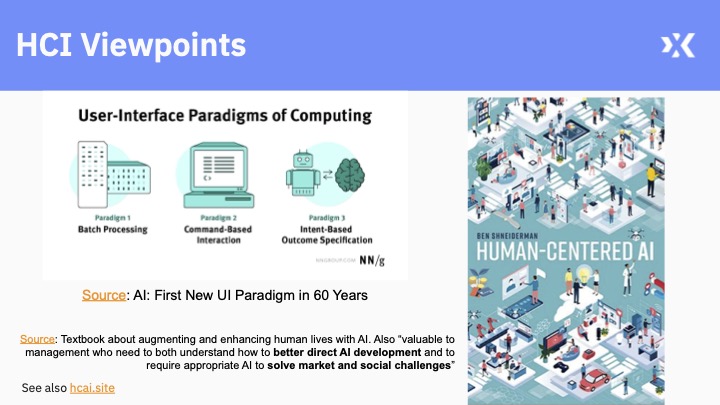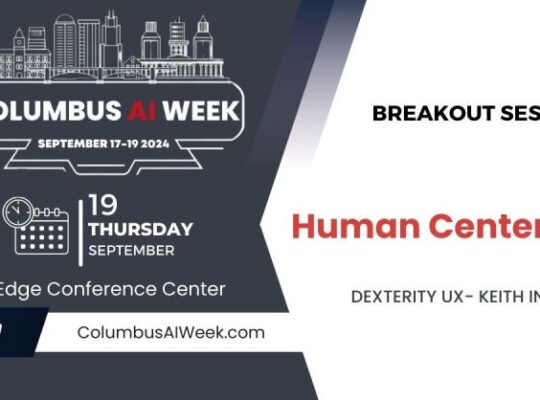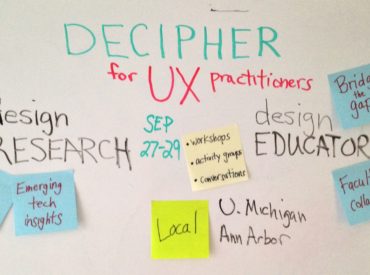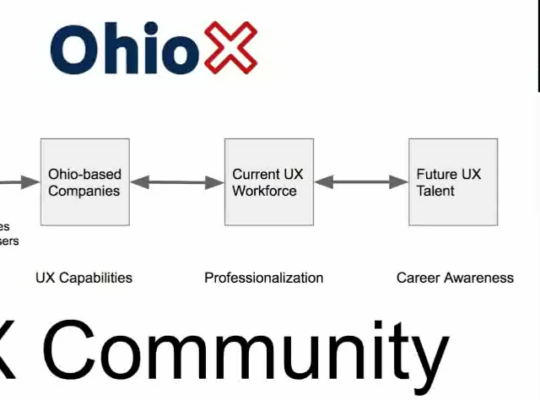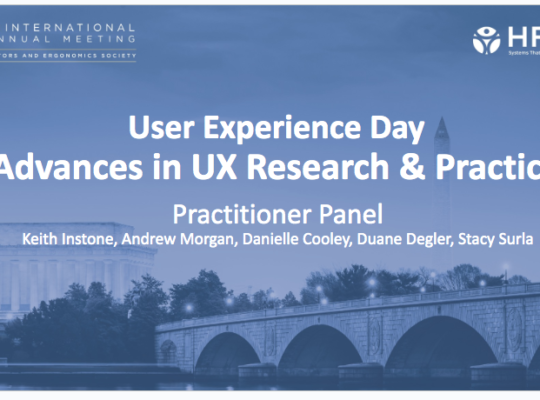In my continuing journey across the state to listen to what leaders are saying about AI and Ohio’s opportunities (economic, workforce, educational, social, and more), I spent Tuesday, June 11th at Cincy AI Week. Day 1 was themed Responsible AI, so I wanted to see first-hand what human-centered discussions were happening in Cincinnati, after seeing lots of activity online.
In a fireside chat about the Cincinnati AI Catalyst, Carl Fraik announced the AI Blueprint for the Cincinnati Region (which has been since posted on LinkedIn).
Vision: The Cincinnati region is a among the top AI Hub Regions in the United States and is a global model of prosperity and knowledge, where Artificial Intelligence enhances every life, expands every opportunity, and shapes a future built on human-centered, responsible AI and responsible innovation.
I love how “human-centered” is on par with “responsible” and “innovation”.
In other sessions that day, human-centeredness was mentioned in various forms:
- A common pitfall with AI is focusing on tech solutions, instead of starting with the problem and then finding the best solutions. For example, understanding workflows as a first step.
- Being intentional to design with differences in mind. For example, co-designing and co-creating with unique communities (design “with,” not “for”).
- “Privacy by design” and privacy as a human right (not just a corporate requirement).
In a recap by Pete Blackshaw, a Human-centered approach was described as: Recognizing the need for diverse perspectives and the importance of humanities in effectively conversing with machine learning, AI should augment and empower human capabilities rather than replace them.
Also, I was tapped to lead a short breakout on Human-Centered AI. How I framed the session:
High level human-centered AI principles (the what and the why):
- Amplifying and augmenting human abilities
- Beneficial outcomes to direct users of AI, those affected by the systems, and society as a whole
- “We shape our tools and then our tools shape us”
How to ensure we create human-centered AI systems
- User experiences that foster human-AI collaboration and co-creation
- New user interfaces and interaction paradigms that enable these innovative experiences
- Designs that ensure transparency, accountability, fairness, and privacy
- Methods and processes to define, design, and deliver human-centered AI systems
- Examples of user understanding, bias mitigation, user involvement, accessibility, and usability evaluations in AI products
We had a small group, so I did a roundtable discussion instead of my prepared presentation (PDF). We talked about how “human-centered” means understanding people’s mental models, building trust relationships, having empathy, and evaluating prototypes with users.
Overall, it was good to hear “human-centered” mentioned in many different forms. Still. I saw some gaps:
- How people perceive “AI” (such as humanizing it) is crucial. The science of user experiences is important.
- Decades of human-centered design methods and processes are available, with some updates that happen with every tech wave.
- Many organizations already have customer experience, employee experience, patient experience, citizen experience and other UX capabilities: have them be a part of your AI initiatives.
- Human-computer interaction is a field that has been studying this for a while: tap into research labs for insights.
Adding these to the way Ohio approaches human-centered AI will have economic and social impact. For example, the Cincinnati AI Blueprint includes strategic goals that can help fill these gaps:
- Academic institutions enablement: Strengthen HCI programs and foster collaboration with UX industry practitioners.
- Business community development: Help human-centered VCs find human-centered startups.
- Government support: Write policies based on human-centered principles.
- Talent pool expansion: Teach human-centered skills embedded in AI education.
- Networking and collaboration: Include human-centered tracks at AI conferences and create bodies of knowledge about human-centered AI practices.

